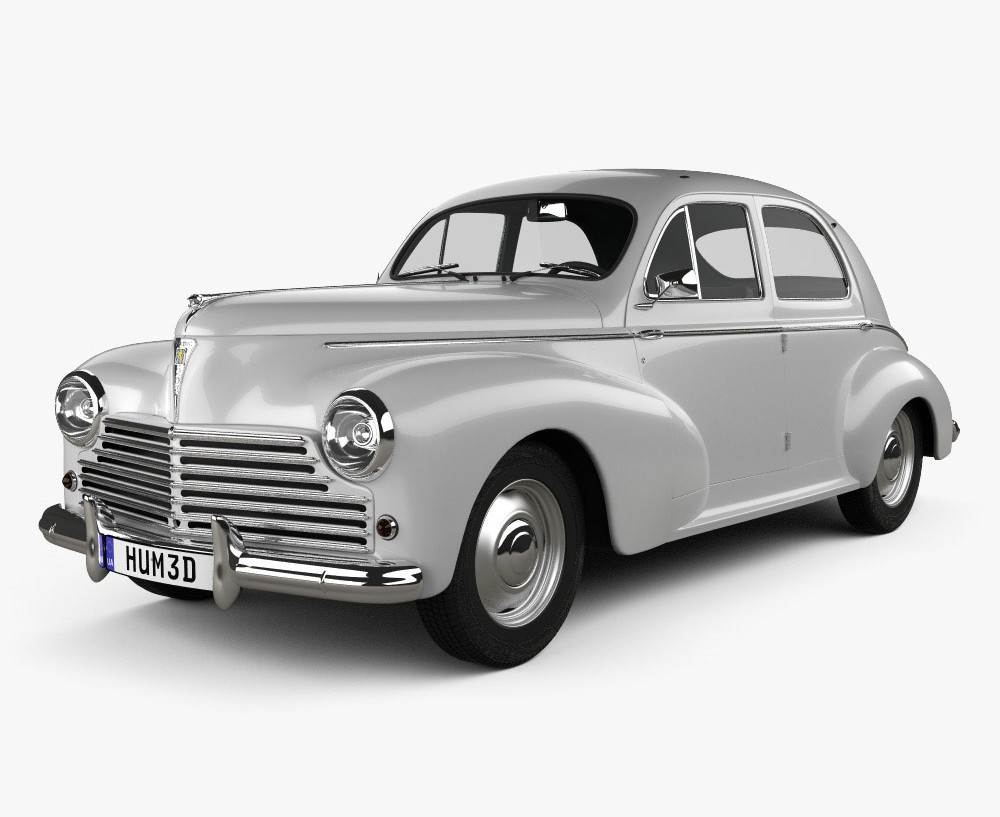

The Peugeot 203 is a significant small family car produced by Peugeot between 1948 and 1960, notable as the brand's first new model after World War II and the first Peugeot to feature a monocoque body. It was a massive hit in France due to its reliability, practicality, and economy.
Overview and History
Development began in 1942 during the war, and the 203 was finally exhibited at the Paris Motor Show in 1947 before production started late in 1948. The car's styling was modern and bore a resemblance to American fastback sedans, featuring a curved profile and, initially, an angular, forward-leaning chrome lion bonnet ornament (removed in 1959 due to safety concerns). For a period between 1949 and 1955, the 203 was the only model produced by Peugeot, and nearly 700,000 units were assembled across various body styles.
Noted Features and User Experience
Reliability and Economy The 203 gained a reputation for having a reliable and economical engine, contributing to its success and the slow depreciation of its value in the second-hand market. This durability was demonstrated in a Cape Town-Paris journey in 1953, where the car covered 15,000 km in a record 17 days.
Ride and Handling The independent front suspension and rear coil springs provided a comfortable ride and good maneuverability.
Practicality The estate (Commerciale) and Familiale versions featured a longer wheelbase, offering considerable space and versatility for commercial and family use, a pattern Peugeot continued with future models like the 404 and 504.
Collectibility Today, the rare coupé and cabriolet versions are highly sought after by collectors, while the more common saloon models remain popular among vintage vehicle enthusiasts.